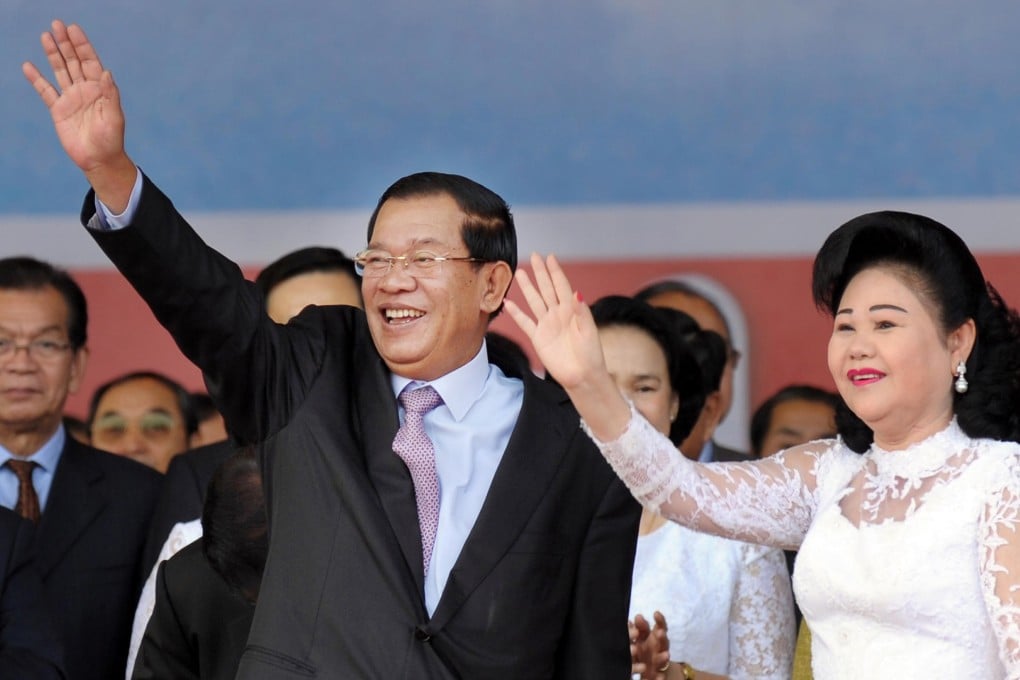Book review: Hun Sen's Cambodia by Sebastian Strangio
Cambodia is haunted by its past. Angkor Wat stands as a potent reminder of the past glories of the Khmer empire that dominated much of Southeast Asia between the ninth and 15th centuries, but it is the killing fields scattered around the country, a result of the four years in the 1970s when Pol Pot and the genocidal Khmer Rouge ruled, that are the abiding image of the nation in more recent times.

by Sebastian Strangio
Yale University Press/
Silkworm Books


Unsurprisingly, most of the literature on Cambodia focuses on the horrors of the Khmer Rouge era. It's as if the country's history ended abruptly with the fall of Pol Pot in 1979, even as investment flows in from China and Taiwan, as well as South Korea and Japan, while a thriving garment industry is helping the economy grow at more than seven per cent annually. Yet, little has been written about how much the country has changed in the past 20-odd years.
Australian journalist Sebastian Strangio, who has lived in Cambodia since 2008, aims to change that with , the first comprehensive account of the country in the years since Vietnam invaded in 1978 to bring an end to Pol Pot's reign of terror. At the centre of the story is its prime minister, Hun Sen, first appointed in 1985 and now one of the world's longest-serving leaders.
Strangio doesn't pull any punches as he details the key events of the past two decades, while adroitly weaving in Hun Sen's transformation from a former Khmer Rouge commander to the ruthless strongman whose ruling Cambodian People's Party (CPP) has a stranglehold on power.
What emerges is just how much of a political animal Hun Sen is, a man adept at outmanoeuvring both his domestic opponents and the international community. Billions of dollars of aid have poured into Cambodia since the UN launched what was then its biggest ever mission in the country in 1992, but Hun Sen has continued to eliminate political rivals, critical journalists, and local environmental and human rights activists.
